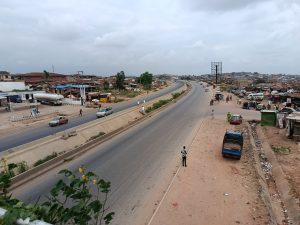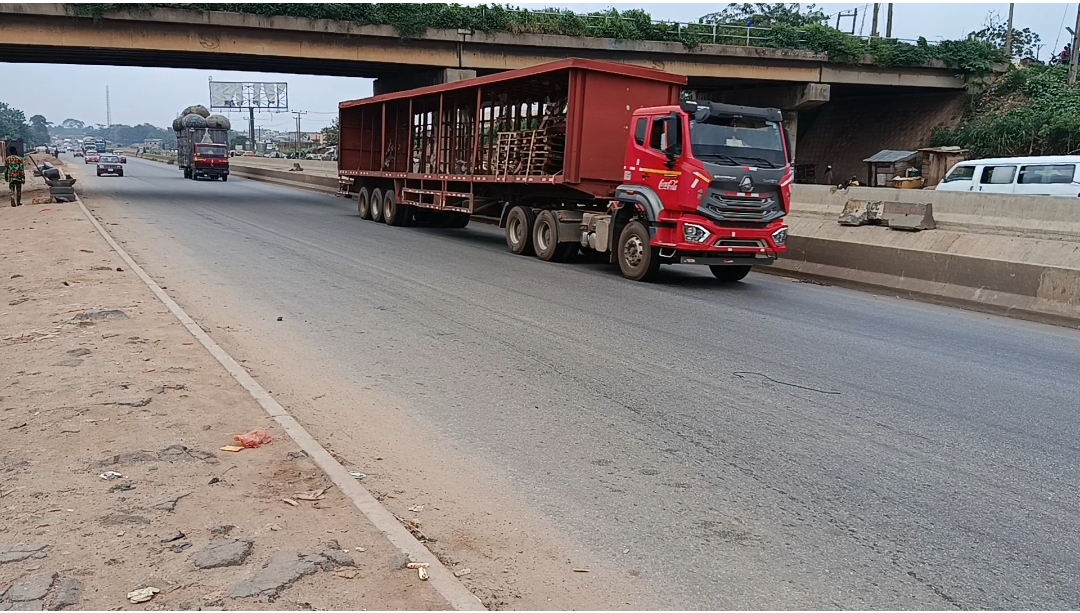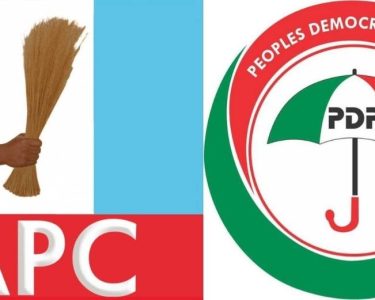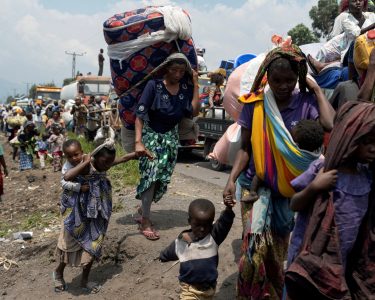The Lagos-Ibadan Expressway is the busiest interstate highway in Nigeria and one of the most economically vital roads in West Africa. It is the spine that connects Lagos, Nigeria’s commercial nerve centre, to the sprawling metropolis of Ibadan and beyond. Yet, for all its promise of progress, a critical segment of this expressway, the stretch between Toll Gate and Ojoo in Ibadan, remains a corridor of daily peril for thousands of residents.
 A section of the expressway before the Muslim bridge in Ibadan
A section of the expressway before the Muslim bridge in Ibadan
The ongoing reconstruction project, led by Reynolds Construction Company (RCC) for Section II (Sagamu Interchange to Ojoo), boasts modern road specifications: three-lane dual carriageways, asphaltic overlays, and flyovers. And yet, amid all these development, one essential piece of infrastructure is glaringly absent—pedestrian bridges. This omission has turned daily life for local residents into a relentless gamble, especially for children, the elderly, and low-income workers.
The human cost of neglect
In densely populated communities such as Toll Gate, Soka, and Academy, the highway cuts through everyday life like a razor. People must cross this road not for leisure, but for survival—to get to school, the market, places of worship, workplaces, or even access medical care. And yet, each attempt to cross it is an invitation to injury or death.
A male pedestrian interviewed by AfrikTimes described his ordeal vividly:
“This is a road a child can never cross alone. Even as a grown adult, I wait for long stretches to find a relatively safe moment to cross, losing precious time and enduring unnecessary risk.”
A female hawker said, “We only risk our lives daily because we have no option.”
These voices are not isolated complaints—they reflect a broader and deeply troubling reality supported by statistics.
A 2013 study found that, on average, at least one person is killed and three are injured per accident on this expressway, attributed to multifaceted causes including reckless driving, speeding, poor road signage, and inadequate pedestrian infrastructure.
However, the lack of safe crossing points stands out as a particularly egregious oversight. Despite calls from lawmakers as recently as 2023, pedestrian bridges remain missing from the most critical zones.
Construction without compassion
Much has been made of the 94% completion claim for Section II of the expressway, but for those who live along the Toll Gate–Ojoo axis, these numbers mean little. The road may be wider and smoother, but it is not safer for the people who walk beside it. What good is a state-of-the-art carriageway if it becomes a death trap for the people who use it?
Some residents have constructed footbridges to aid in crossing the road, but these efforts cannot truly address the inconvenience and dangers of pedestrians.
Construction activities themselves have contributed to the danger. Poorly marked diversions, inadequate signage, and haphazard traffic management during the reconstruction have caused confusion, congestion, and collisions.
A crash near the Soka area on the morning of Tuesday, 24 June resulted in the deaths of over 10 people. On 2 July, a collision involving four vehicles near Car Park-C resulted in three fatalities and thirteen injuries. These and two other tragic accidents on 15 July, one at the Straight Gate section and another near Ojoo, which caused two fatalities and significant traffic delays are emblematic of a wider problem that is often underreported.
To mitigate the fallouts of these unfortunate accidents, the Federal Road Safety Corps (FRSC) and other emergency responders have been involved in rescue operations, working to manage traffic and clear wreckage.
Also, to their credit, the Oyo State Road Traffic Management Authority (OYRTMA), in partnership with other safety agencies, launched an operation in 2025 to clear illegal structures and restore order from Toll Gate to Onigari. But these efforts, though commendable, are reactive rather than preventive. Enforcement cannot substitute for infrastructure.
Development for whom?
The design blueprint for the expressway includes safety enhancements such as crash barriers, better signage, even flyovers and pedestrian bridges at select points. Yet, none of these have materialised in the places that need them most.
The absence of pedestrian bridges in areas like Toll Gate isn’t just a design flaw; it’s a policy failure. It reveals a disconnect between engineering and empathy, between construction plans and the lived realities of ordinary Nigerians.
There is also a worrying emphasis on revenue collection over resident protection. In 2022, then-Minister of Works Babatunde Fashola confirmed that toll gates would return to the expressway, with one likely near the Ojoo axis. While tolling can fund road maintenance, it must not take precedence over the life-saving infrastructure that is still lacking.
A call for immediate action
This is not a matter of convenience, but one of life and death. The Federal Government must urgently prioritise the construction of pedestrian bridges along the Toll Gate–Ojoo section. These should not be afterthoughts or items to be tacked on after toll plazas are installed. They must be treated as critical infrastructure, just as essential as the road itself.
The Oyo State Government also has a role to play. While its drainage projects may intersect with the expressway’s final completion, it must ensure that collaboration with federal agencies leads not only to road expansion but to community safety. Pedestrian bridges should be jointly funded, designed, and expedited with immediate effect.
Let us be clear: no expressway can be called a success if it claims lives instead of saving them. Infrastructure must serve the people, not endanger them. Modern roads must be inclusive of all users, not just motorists.
Conclusion: Build to save lives
If Nigeria truly wants to demonstrate that it is serious about development, it must begin by protecting its people, especially the most vulnerable among them.
Residents of Ibadan are not asking for luxuries. They are asking for a fair chance to cross the road without risking their lives. They are asking for a government that sees them not as obstacles to development, but as the reason for it.
It is time to move beyond grand ribbon cuttings and milestone declarations. It is time to listen to the voices of the people who live along the Toll Gate–Ojoo axis. It is time to act.
Build the bridges. Save the people. Delay is no longer an option.







